Kilroy Realty Corp
Latest Kilroy Realty Corp News and Updates
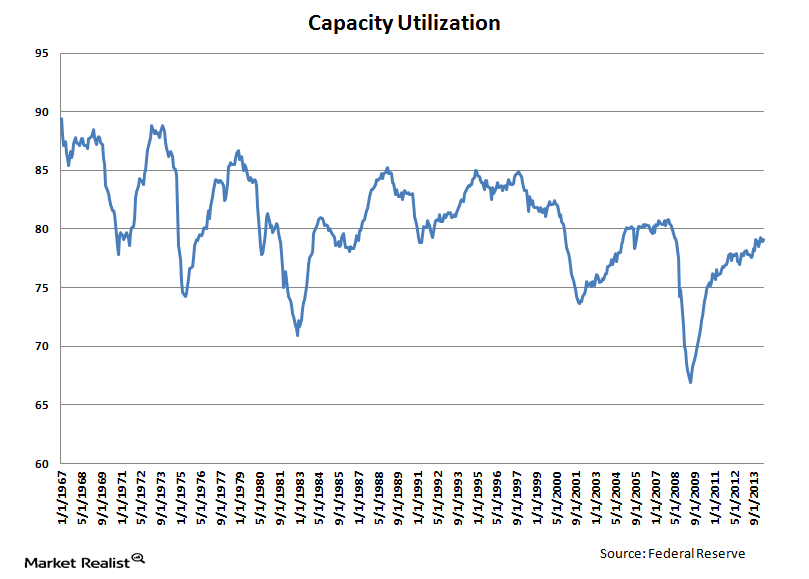
A rebound in capacity utilization helps office REITs like SL Green
While most people don’t think of industrial data affecting office REITs, it does influence the top-line growth of commercial REITs like SL Green (SLG).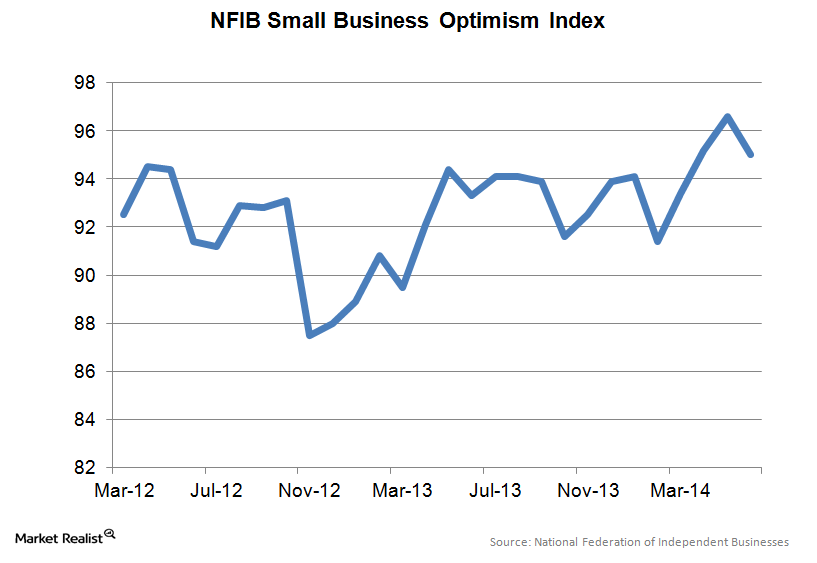
Why small business optimism continues to recover slowly
Small business accounts for roughly half of the U.S. gross domestic product (or GDP) and jobs.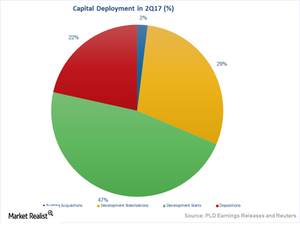
How Prologis Boosted Top-Line Growth in 2Q17
Prologis’s (PLD) upbeat top-line and bottom-line results in 2Q17 were driven by higher-than-expected rent growth and net operating income.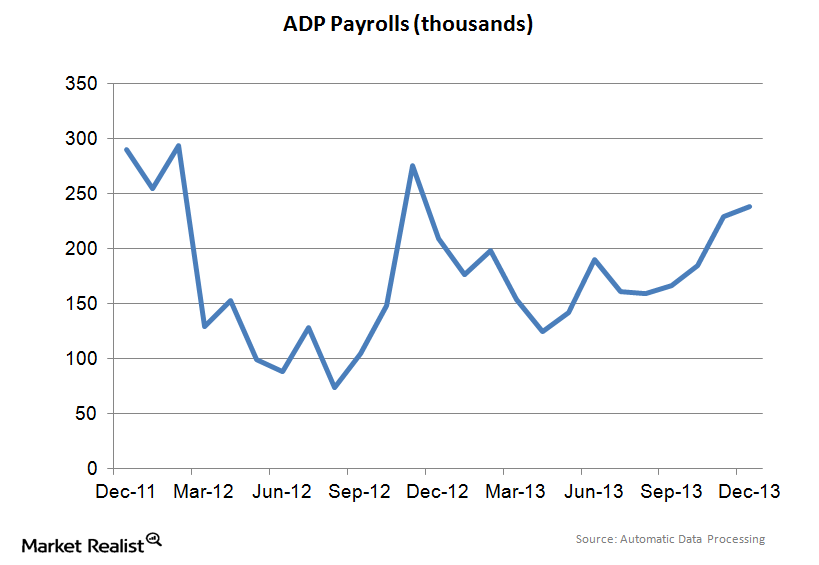
Jobs report shows hiring is picking up—good for commercial REITs
Private sector employment increased by 238,000 in December, while November’s numbers were revised upward from 215,000 to 229,000.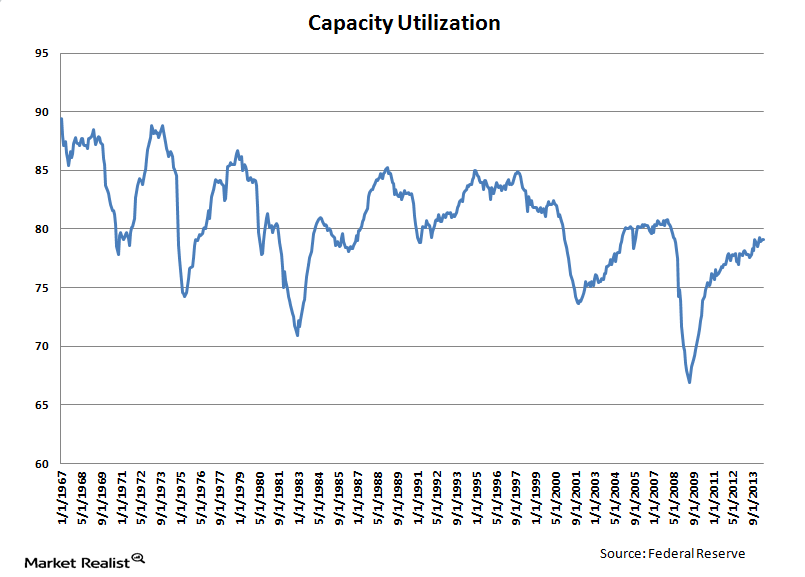
Why capacity utilization is an important economic indicator
Capacity utilization rates are approaching long-term historical averages.
The US witnesses an unexpected drop in capacity utilization
From 1972 to 2012, capacity utilization averaged 80.2% and bottomed at 66.9% in 2009 suggesting there’s a lot of room for production to expand before we start feeling inflationary pressures.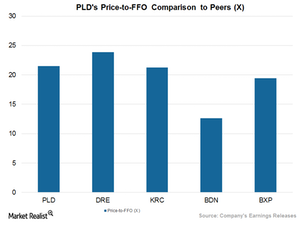
How Prologis Stacks Up against Peers after 2Q17 Earnings
The price-to-FFO multiple is the best way to evaluate Prologis (PLD).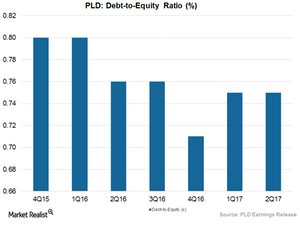
How Prologis Improved Its Balance Sheet
Prologis maintained a debt-to-equity ratio of 0.75x for 2Q17, which was lower than the industrial mean of 1.07x.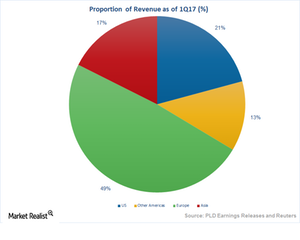
Robust US Business Growth Helped Prologis in 2Q17
Prologis’s (PLD) properties are spread across the globe. This geographical diversity ensures that the company gets the optimum value from the retail and supply chains in different parts of the world.
Prologis’s Strong 2Q17 Results Backed by Rent Growth
Prologis (PLD) reported better-than-expected 2Q17 top-line and bottom-line results.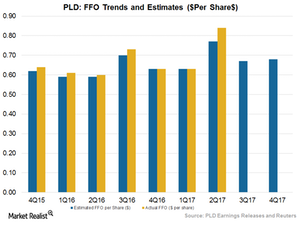
Where Does Prologis Stand after 2Q Earnings?
Prologis (PLD) reported core funds from operation (or FFO) of $0.84 per share in 2Q17, which surpassed Wall Street’s estimates of $0.77 by a remarkable 9.1%.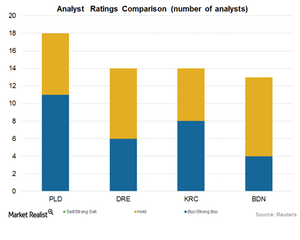
Prologis: What Analysts Recommend for the Stock
Analysts have assigned Prologis stock a mean price target of $58.47, which is 2.1% higher than its current price of $57.28.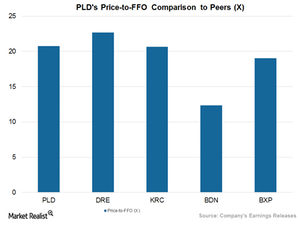
Where Does Prologis Stand among Its Peers?
In terms of price-to-FFO multiple, PLD trades at par with most of its peers except Brandywine Realty Trust (BDN).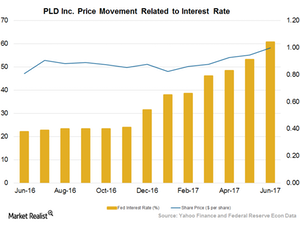
Will Prologis Be Able to Turn Macro Issues to Its Advantage?
In addition to Prologis’s strategic initiatives such as acquisitions, dispositions, and project development activities, several macroeconomic factors also impact performance.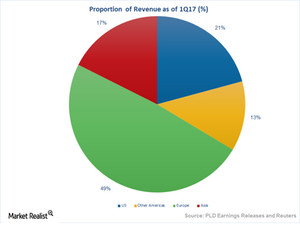
The Factors behind Prologis’s Expected 2Q17 Upbeat Results
Wall Street expects Prologis to report adjusted FFO (funds from operations) of $0.76, a 27.3% rise year-over-year.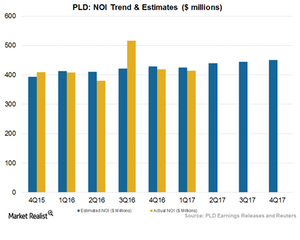
Can Prologis’s Cost Reductions Drive Net Operating Income Higher?
According to Wall Street analysts, Prologis (PLD) is expected to report NOI (net operating income) of $440.2 million in 2Q17.
Prologis’s Main Revenue Drivers in 2Q17
Prologis (PLD) is expected to see higher revenue growth as well as higher margins for 2Q17.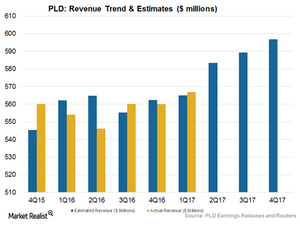
Will Prologis Ride High on Its Top Line in 2Q17?
Analysts expect Prologis (PLD) to report revenue of $583.5 million for 2Q17 when it releases its earnings on July 18, 2017.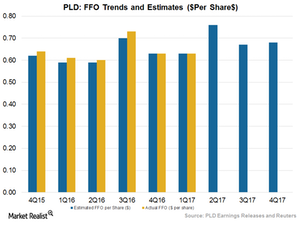
What’s in Store for Prologis in 2Q17?
Prologis (PLD) is scheduled to report its fiscal 2Q17 earnings on July 18. 2017. Analysts expect it to report adjusted FFO (funds from operations) of $0.76.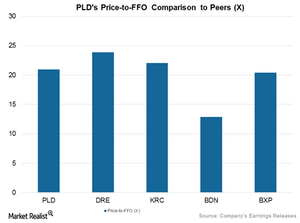
Understanding Prologis’s Multiples Next to Those of Peers
Prologis’s price-to-FFO multiple is now 20.95x, which means that it has been returning consistent capital value and reliable dividend yields to investors.
Why Prologis’s Business Model Promises Consistent Profitability
Prologis is expected to achieve a growth rate of 6%, 5.8%, 9.1% and 8.7%, respectively, in AFFO (adjusted funds from operations) over the next four quarters.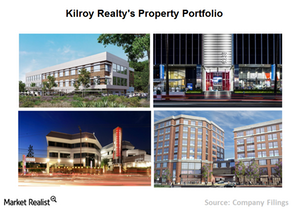
Kilroy Realty Corporation: What Does it Do?
Kilroy Realty Corporation (KRC) was founded in 1996 by John B. Kilroy Jr.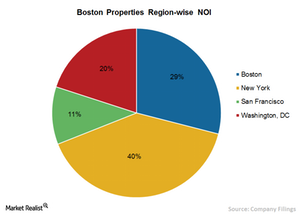
Making Sense of Boston Properties’ Geographically Concentrated Portfolio
Boston Properties concentrates on some of the highest-growth markets in the US, including Boston, New York, San Francisco, and Washington, D.C.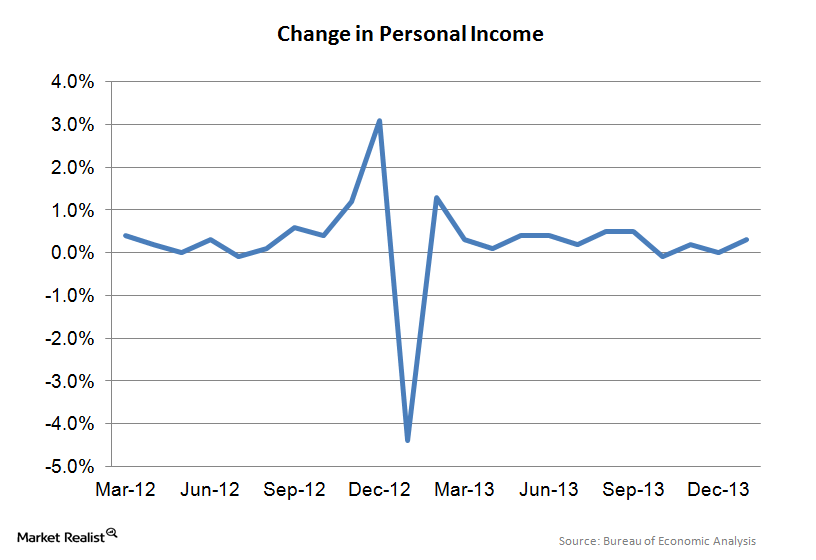
Important releases for homebuilder and REIT investors this week
While last week was a huge one for the builders, we still have a lot of important data this week, with the Case-Shiller Real Estate Index, New Home Sales, as well as the Personal Spending and Income data.
